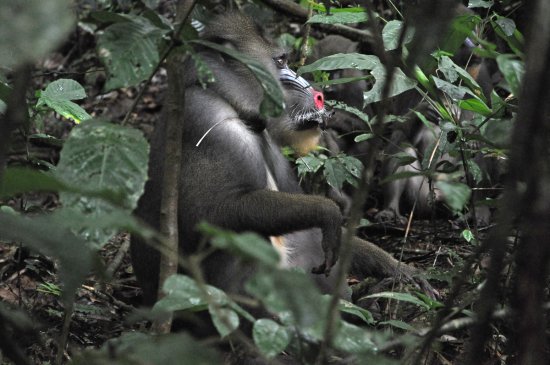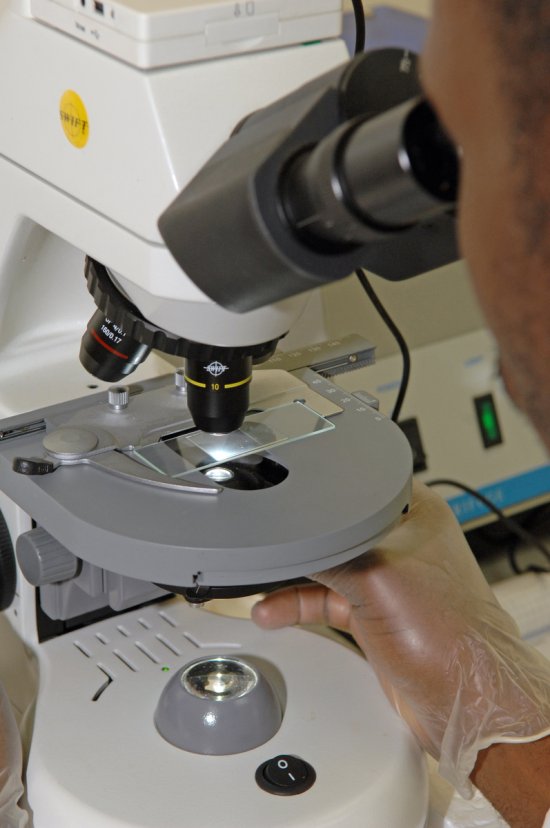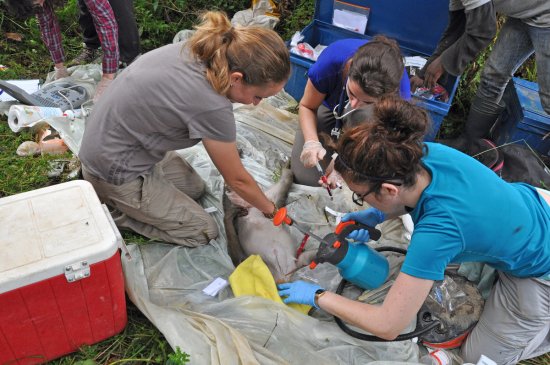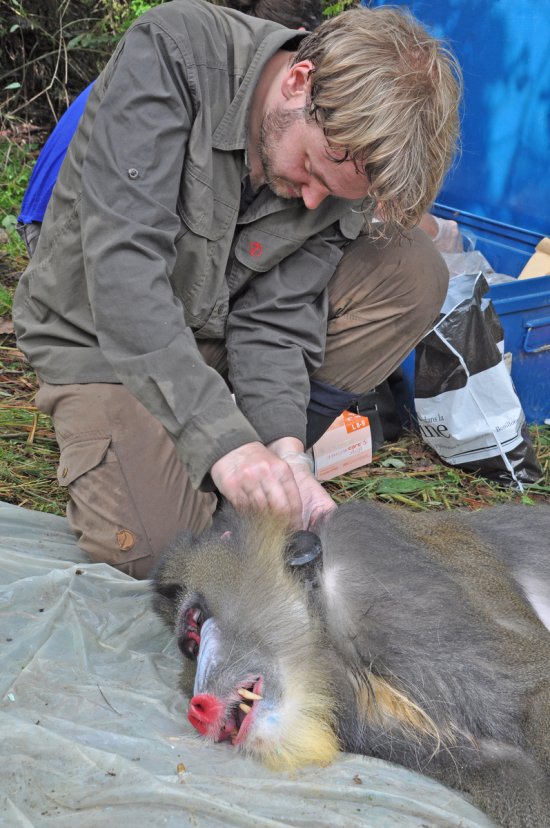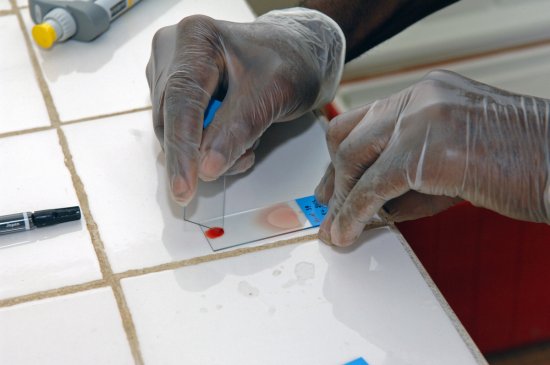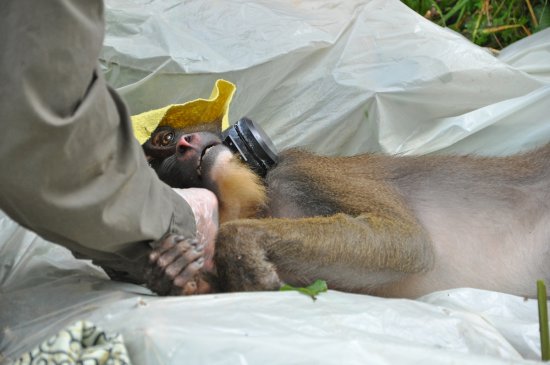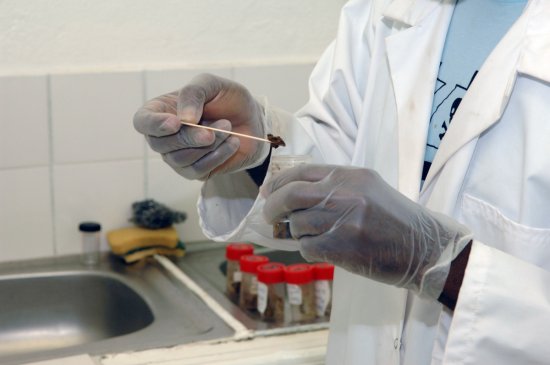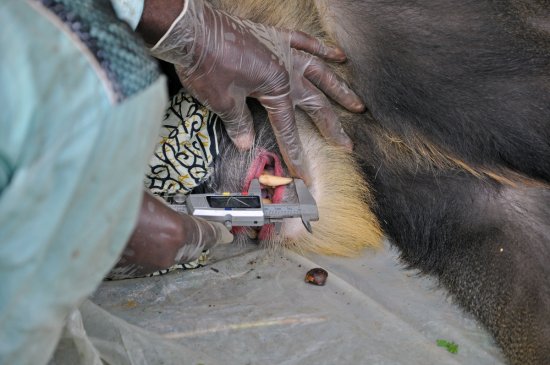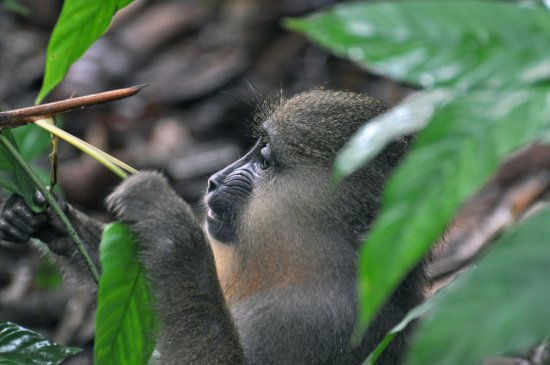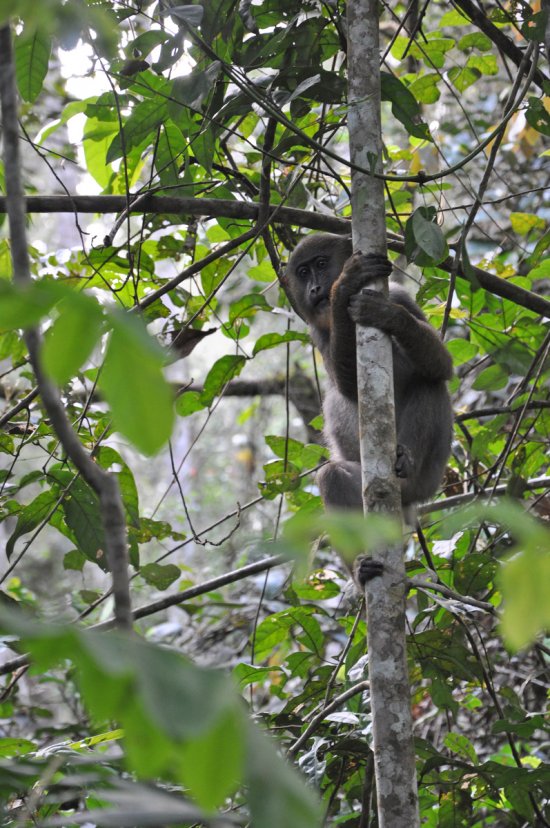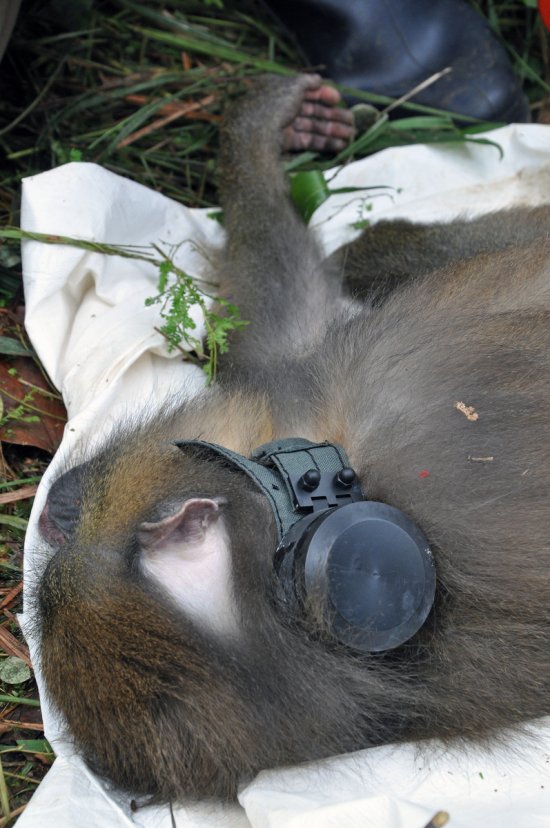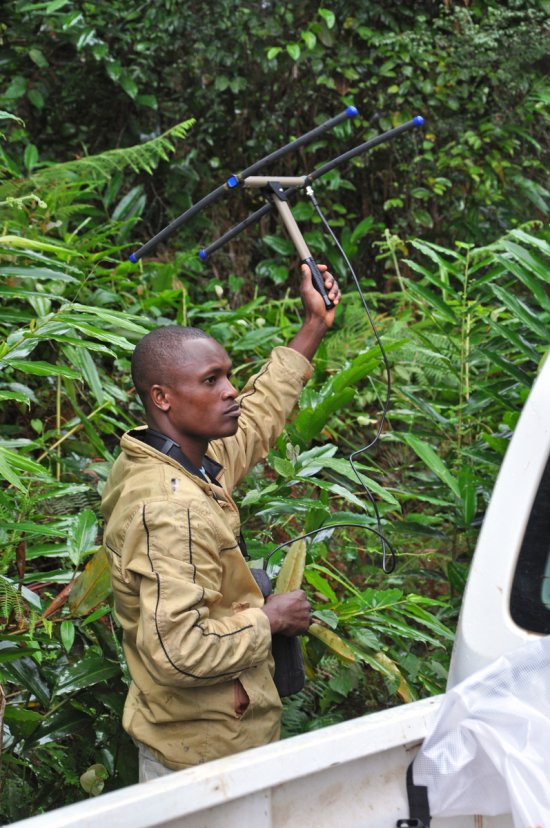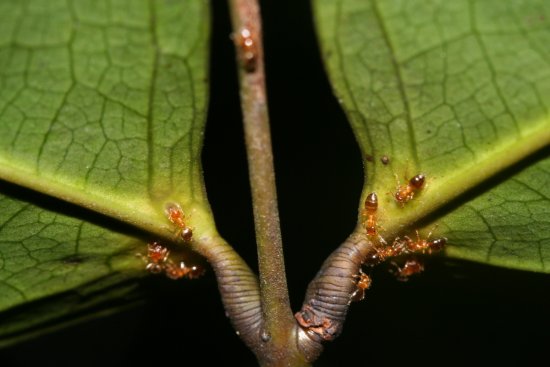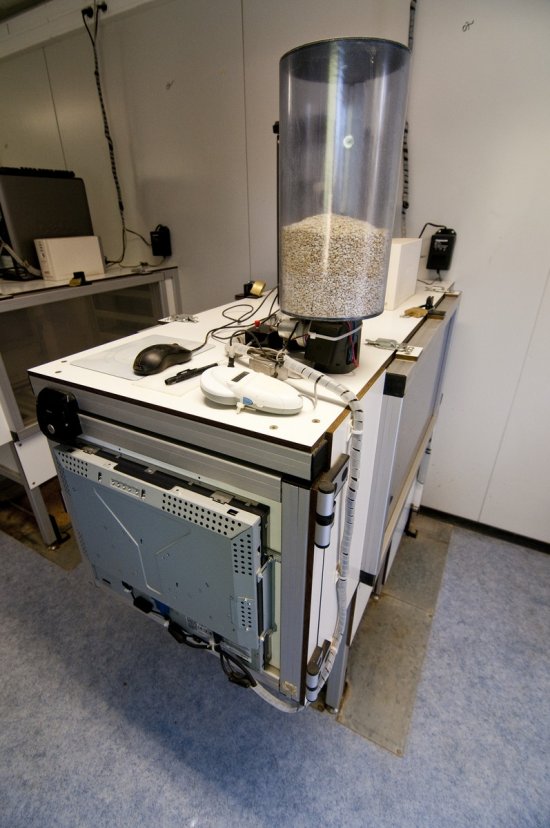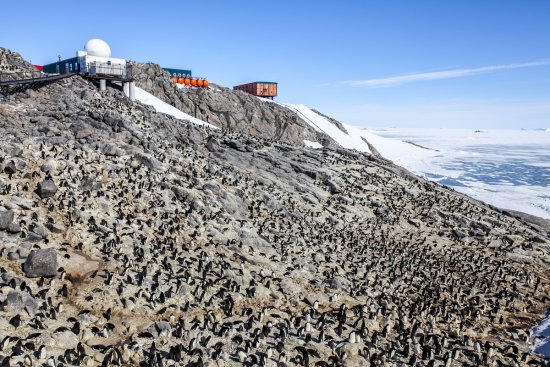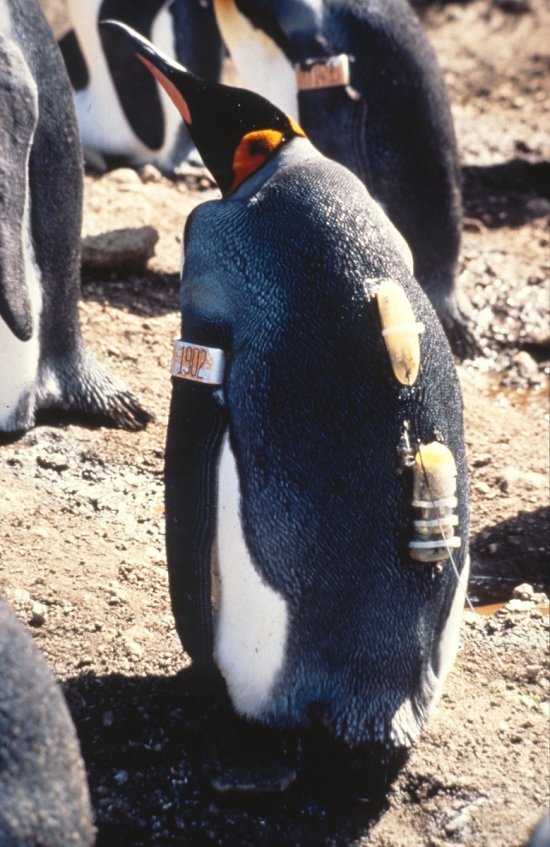© CNRS - 2013
Reference
4072
Antlion, wave propagation in sand (The)
At the Institute for Research on the Biology of Insect (IRBI, Univ. de Tours, France), Jérôme Casas and his co-workers are interested in the mechanics of solids. The latter allows the larve of the antlion to attract and kill its prey using a trap. The insect larva digs a conical hole in the sand, then waits for a prey to fall into , lurked at the bottom of it. Ants are usually its victims.
The antlion is able to detect sand landslides caused by the legs of its prey, attempting to escape.This sensory perception allows the antlion to sandblast his target who is disoriented until drowning. The simplicity of its trap is actually an excellent model for scientists to understand the physical properties of the sand.
Duration
Production year
Définition
Color
Sound
Version(s)
The use of media visible on the CNRS Images Platform can be granted on request. Any reproduction or representation is forbidden without prior authorization from CNRS Images (except for resources under Creative Commons license).
No modification of an image may be made without the prior consent of CNRS Images.
No use of an image for advertising purposes or distribution to a third party may be made without the prior agreement of CNRS Images.
For more information, please consult our general conditions
